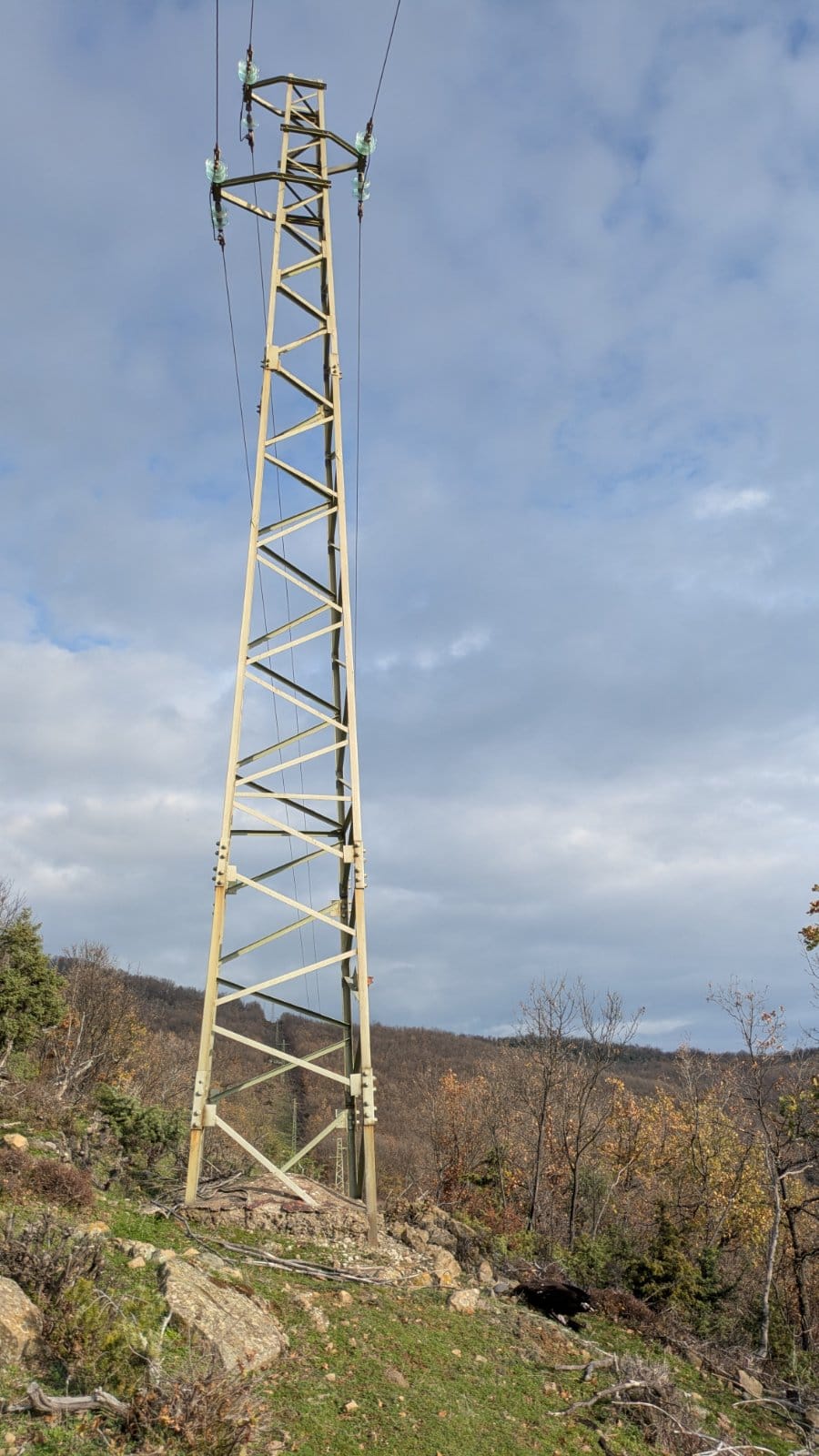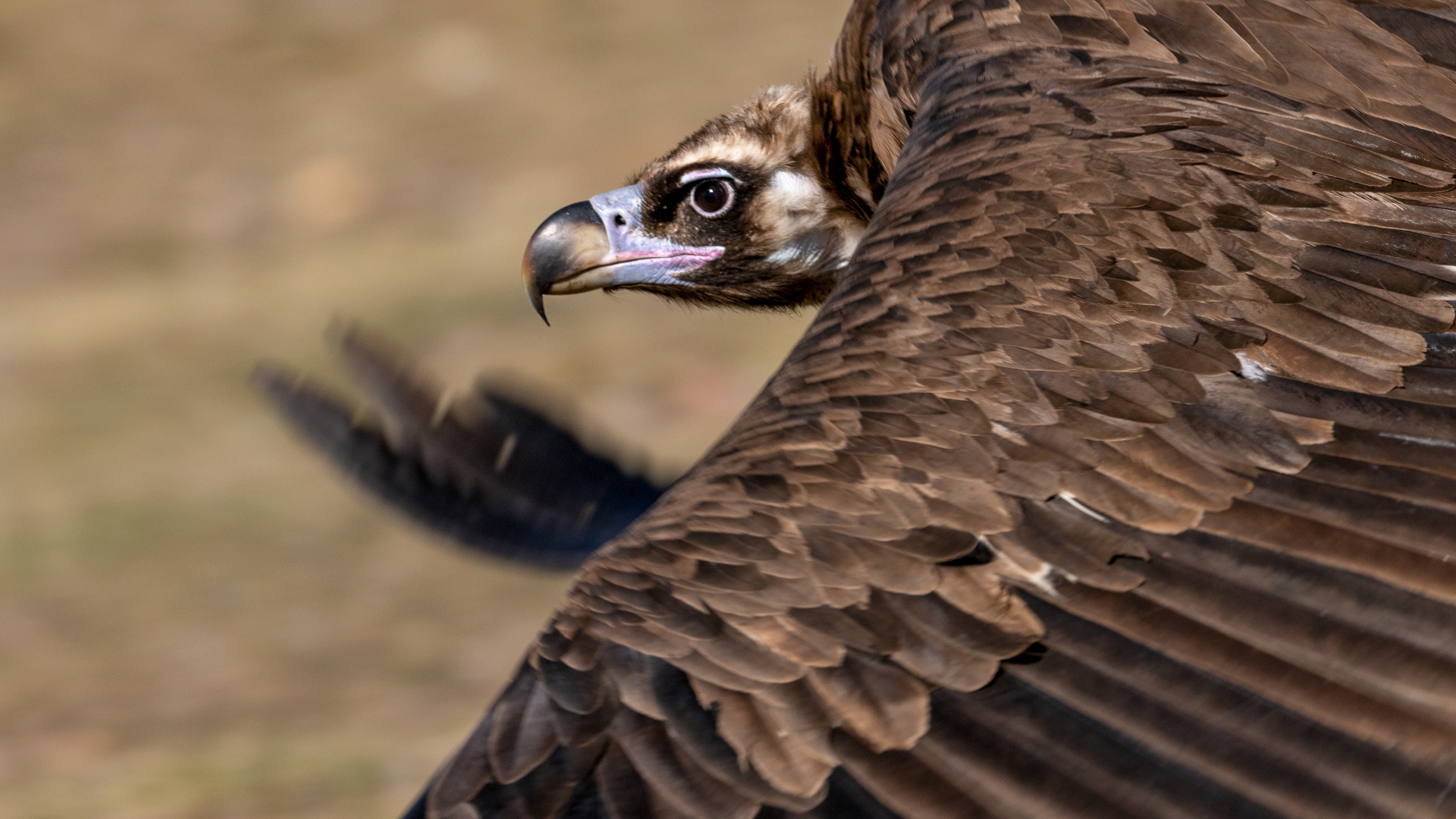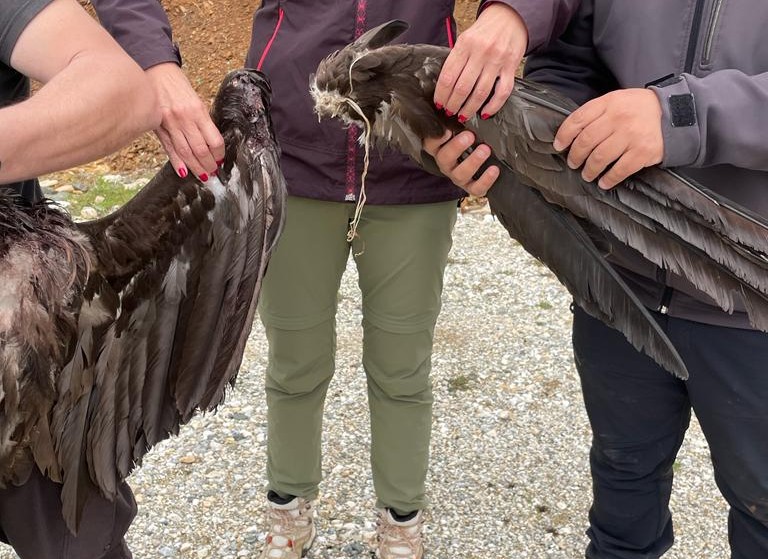The efforts to understand and protect Cinereous Vultures (Aegypius monachus) in Central Asia continue this year in 2025, with exciting new developments in both Kazakhstan and Uzbekistan. This year, young vultures were tagged with GPS/GSM transmitters provided by VCF to help track their movements, providing critical data for conservation.
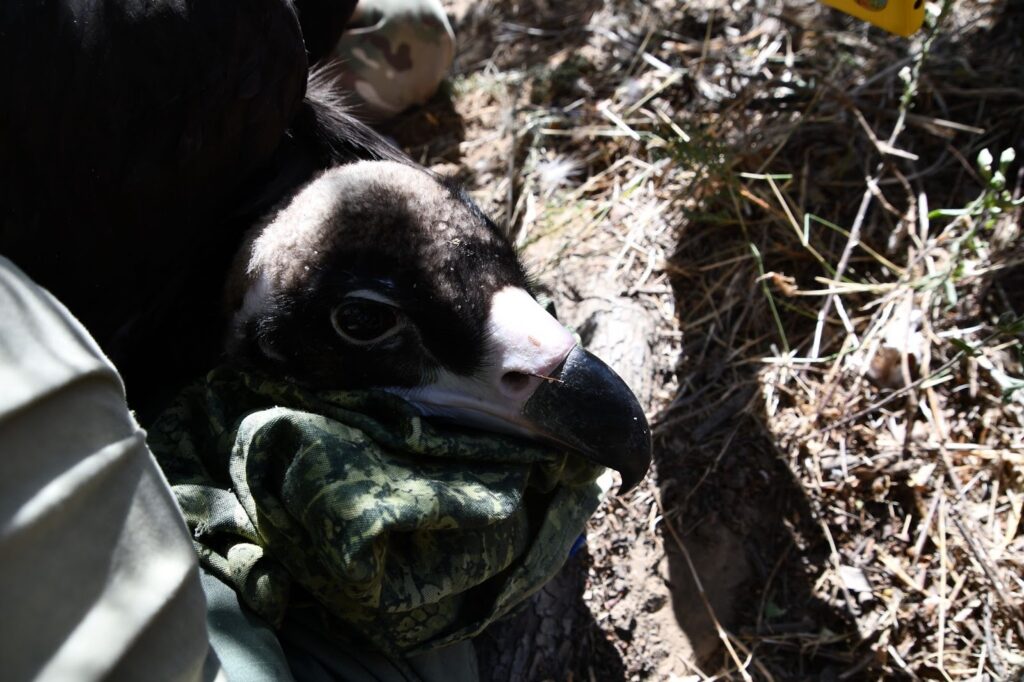
Kazakhstan: Tagging at Karatau Mountains and Syrdarya-Turkestan State Regional Nature Park
In July 2025, two juvenile Cinereous Vultures “Ystyq” (male) and “Sholpan” (female) were tagged in Kazakhstan by the Biodiversity Research and Conservation Center and RRRCN (Russian Raptor Research and Conservation Network). One was tagged in the Karatau Mountains, another one in the Syrdarya-Turkestan State Regional Nature Park – the same location where tagging took place last year. Both birds now carry tags, ensuring that conservationists will be able to track their movements as they explore the region and eventually begin their first migrations.
See the video by BRCC of a tagged Cinereous Vulture “Ystyq” in the nest:
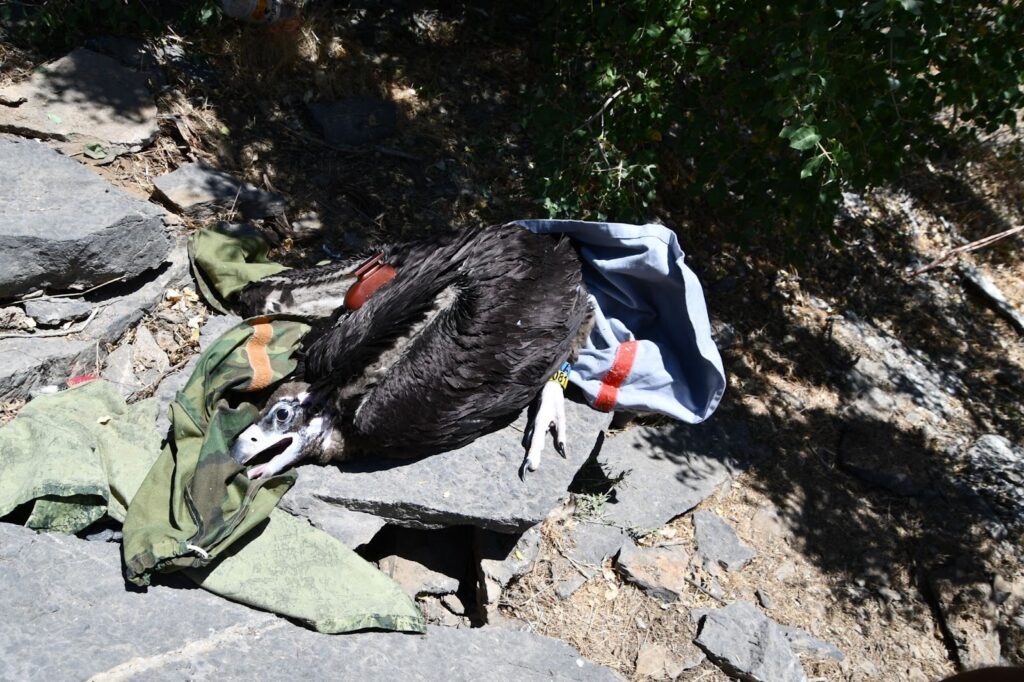
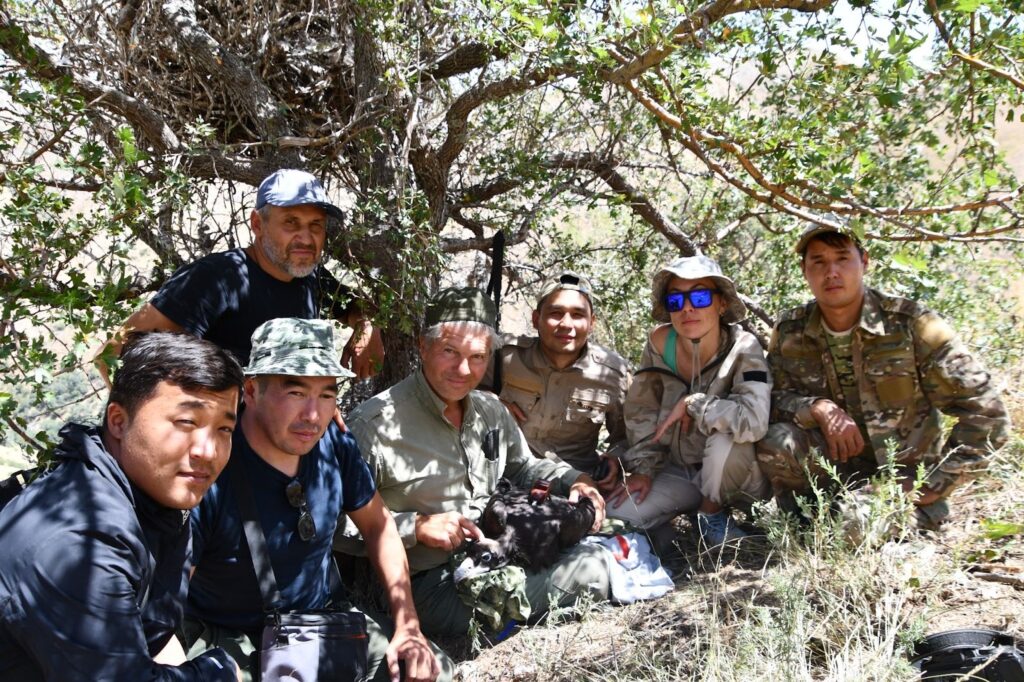
Uzbekistan: Tagging at the Nuratau State Reserve
Meanwhile, in Uzbekistan, the Central Asian Vultures project carried out tagging in remote locations in the Nuratau State Reserve.
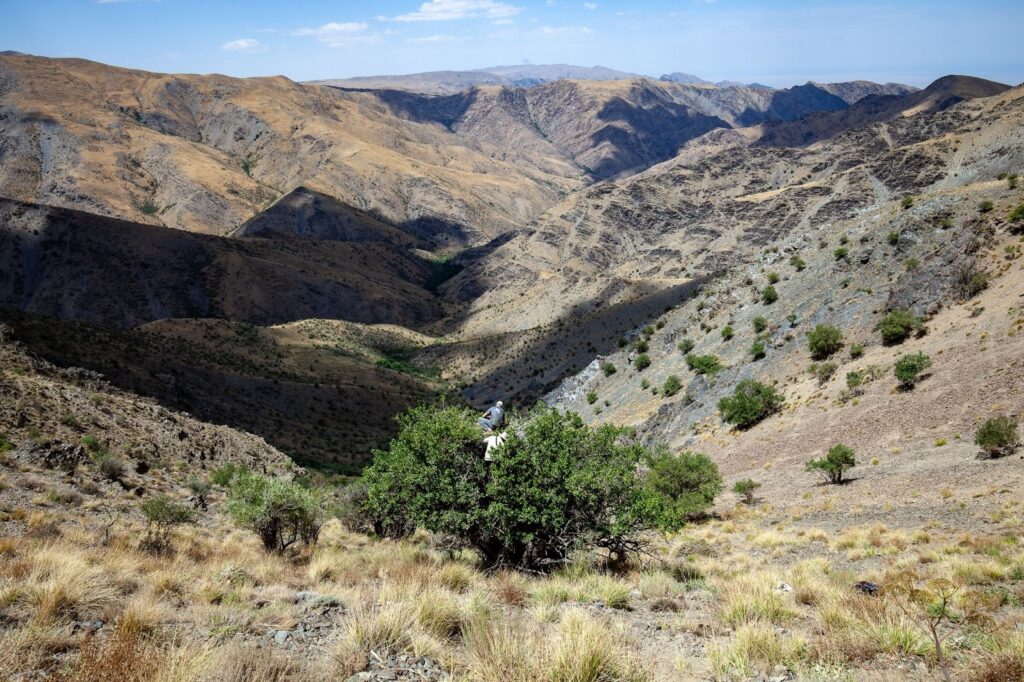
By the end of July, two juvenile Cinereous Vultures, named “Hazrat” and “Ukhum” after the valleys they were hatched in, were tagged with GPS/GSM transmitters. These tags will provide several years of movement data, revealing how the juveniles navigate from their breeding sites to their overwintering grounds and back each year. Fieldwork was carried out with the full support of the State Reserve Authority, ensuring the safety and welfare of the birds throughout the process.
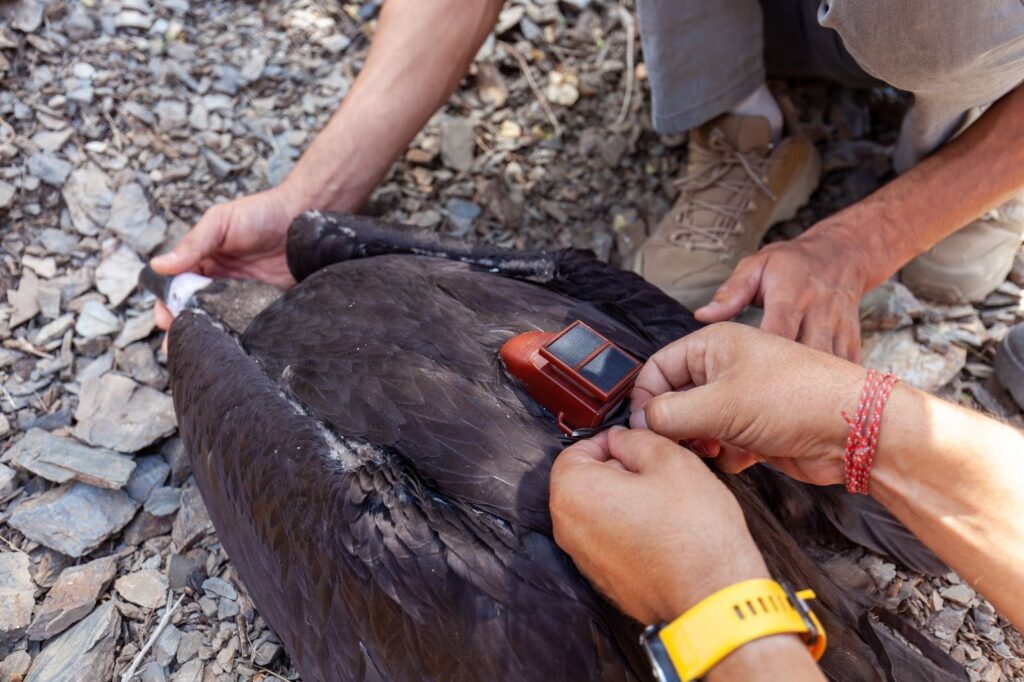
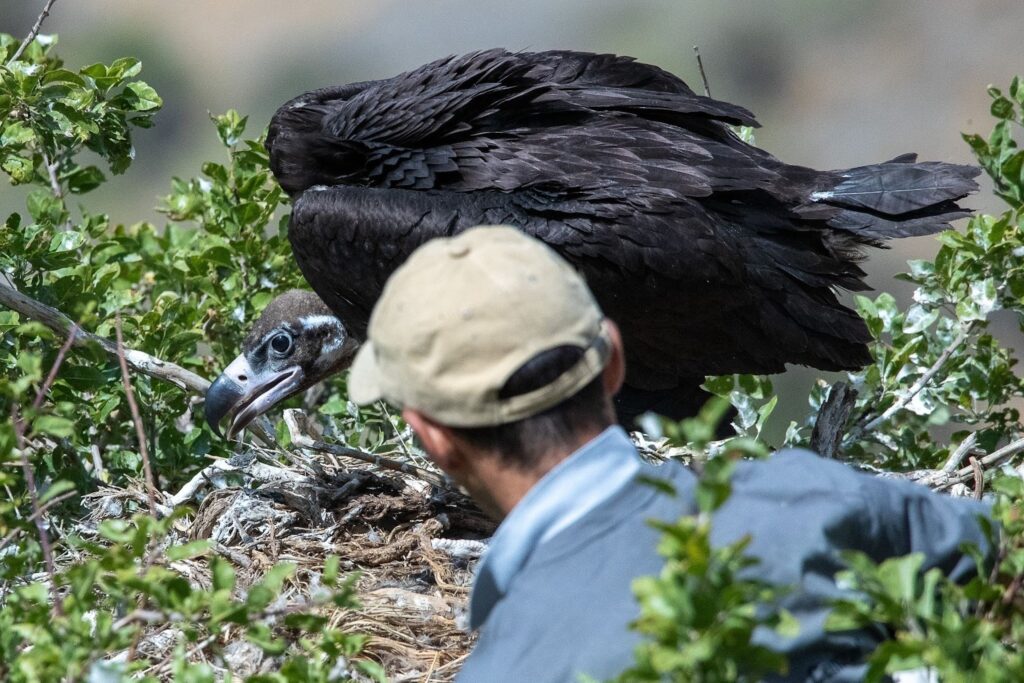
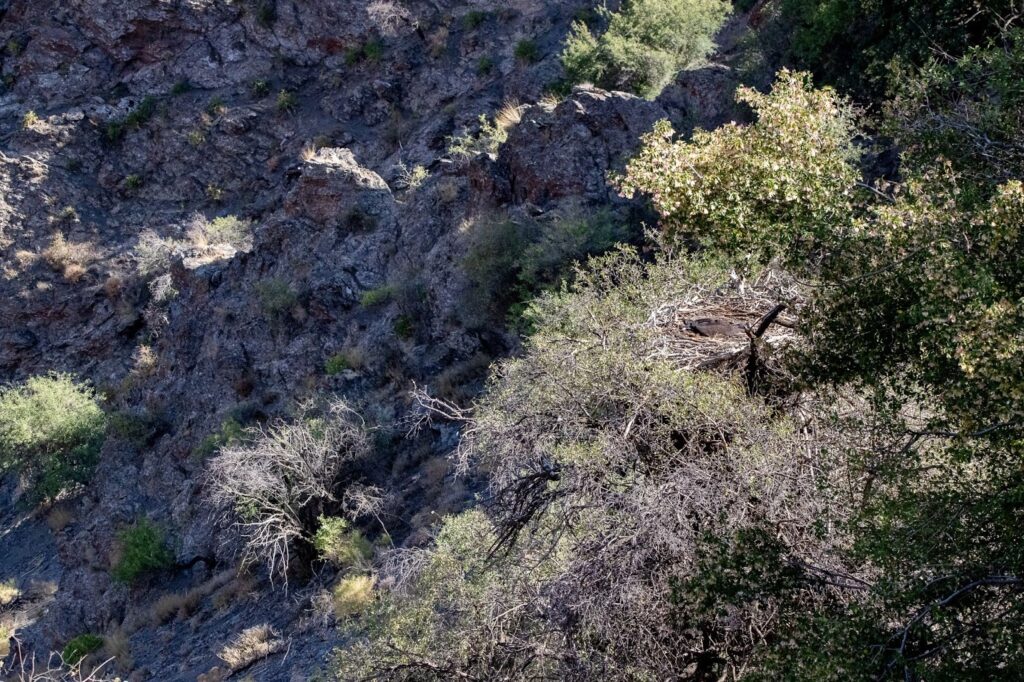
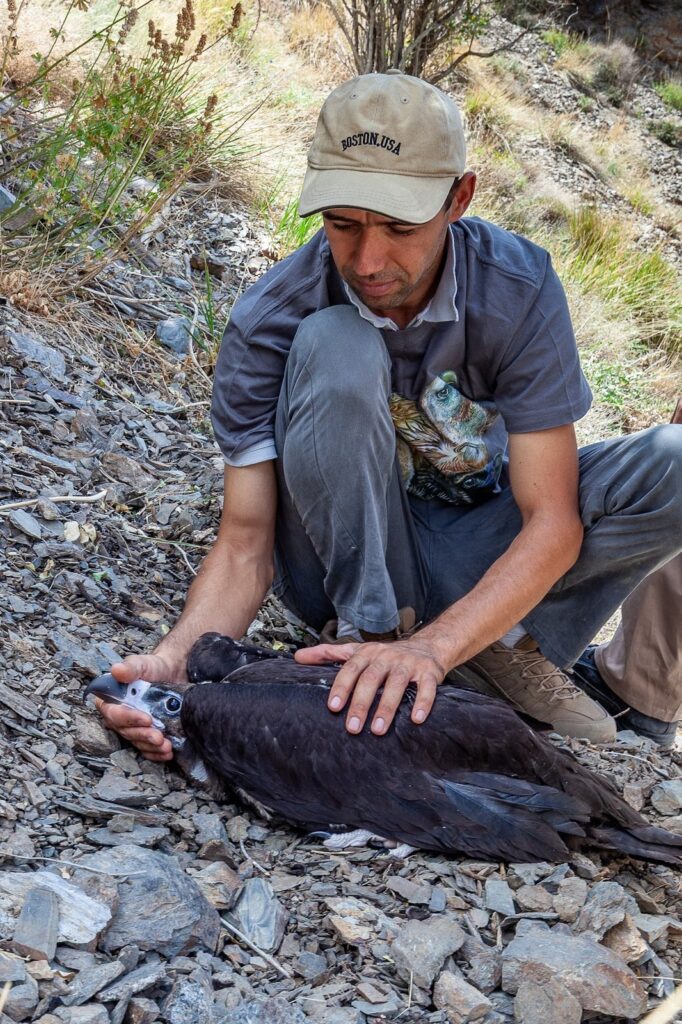
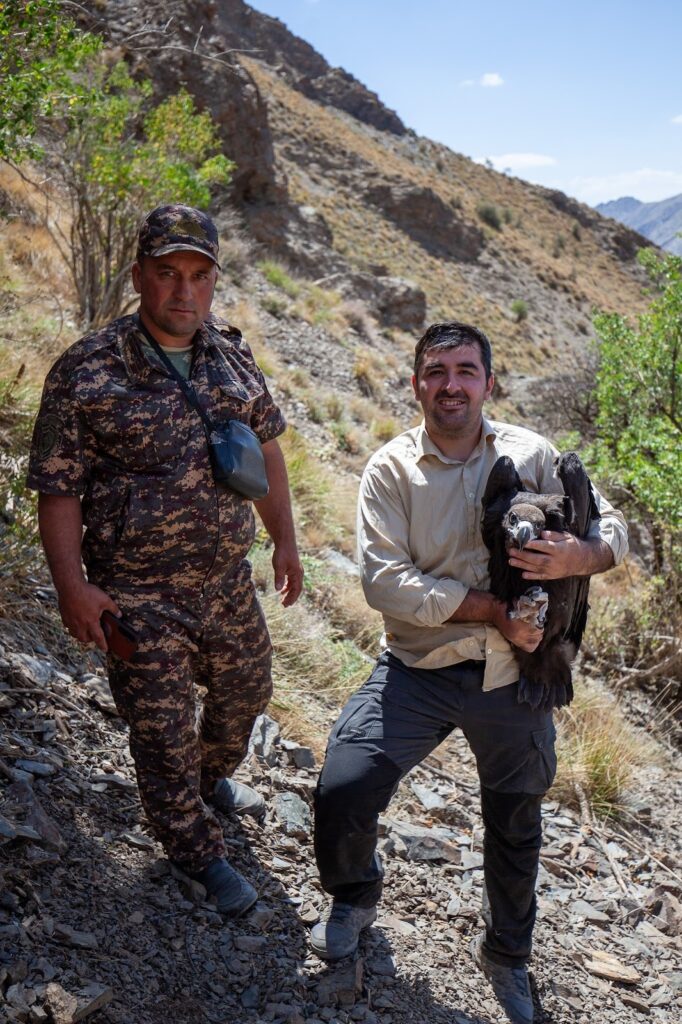
Building on last year’s success
This tagging effort follows the landmark 2024 initiative, when five juvenile Cinereous Vultures were tagged for the first time in Central Asia — three in Kazakhstan and two in Uzbekistan. These birds, named Asu, Jeptis, Karasha, Nurata, and Hayat, were the first in the region to provide GPS tracking data, revealing fascinating migration patterns to the Indian subcontinent and southern Tajikistan.
In 2025, this data provided the first documented evidence of migration routes and wintering grounds for Central Asian Cinereous Vultures. The new 2025 birds will continue to expand this knowledge, helping conservationists identify critical feeding and nesting sites, potential threats, and key areas for protection.
Securing the future of Cinereous Vultures through collaboration
As always, these achievements are the result of strong collaboration across borders. Rangers, local authorities, and partner organizations in Kazakhstan and Uzbekistan worked together to make this tagging effort possible. The transmitters were provided by the Vulture Conservation Foundation, and field teams ensured that each bird was tagged safely and responsibly.
Each tagged juvenile provides invaluable insights into the lives of these precious birds. As they embark on their journeys across Central Asia, the data collected will guide conservation strategies and help secure the future of the species in the region.
With each year, the collaborative efforts of the VCF, Central Asian Vultures project, the Biodiversity Research and Conservation Center (Kazakhstan), and partner organizations in Uzbekistan and Tajikistan strengthen our ability to protect the species.



